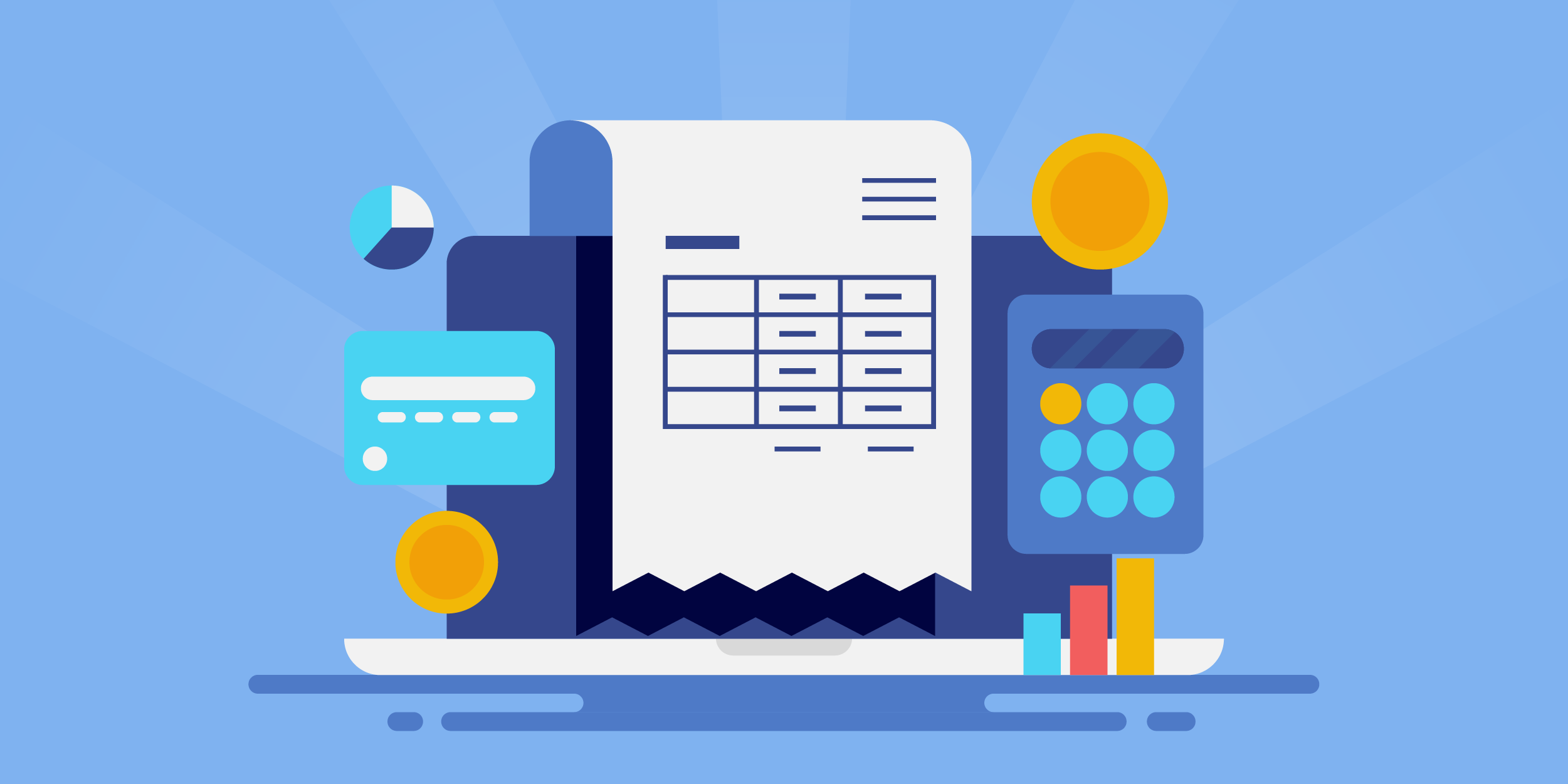Perfecting The Wheel: How AI Completely Solved Stagnant Challenges for Invoice OCR

Accounts payable automation has created significant productivity increases amongst organizations adopting it. With a proven return on investment achievable in about a year and a half, it remains a highly chosen spot for countless businesses to begin automating their processes. In fact, an AIIM survey estimated that 29% of respondents saved 50% or more on invoice processing from their solutions, and about 80% of our own customers have begun their automation efforts in accounts payable.
This success is thanks in no small part to optical character recognition (OCR), which transforms data from paper, PDF, and image-based documents into usable information that can be leveraged in workflows, text-based searches, and accounting systems. However, as impactful as this technology has been, several challenges remained unsolved until recent breakthroughs in AI posed keys to a solution.
Below, we’ll be diving into the impact OCR has had on accounts payable automation, the challenges that remained after its adoption, and the solutions that new AI technologies have brought to the table to revolutionize accounts payable once again.
Processing Accounts Payable Before Automation
For decades, the process of managing Accounts Payable had remained essentially unchanged. Invoices would arrive, be matched against purchase orders and proof of delivery on paper or PDF, and be emailed or physically sent to approvers. After that, the payables team would manually input the details into a financial solution and then file the invoices away.
This process suffered greatly from bottlenecks in the approval process, difficulty locating documents for the matching process, and –most relevant to the topic at hand– slow, error-prone data entry.
This Manual data entry was inherently labor-intensive, requiring AP staff to carefully key in information such as invoice numbers, dates, amounts, and supplier details, resulting in inaccurate financial information, cost and time-intensive error corrections, and missed payments.
But as invoices could arrive in any format, that data had to be manually transcribed to be used in digital processes until it became cost-effective to automate this process.
How OCR Streamlined Accounts Payable
OCR technology on its own offered a powerful solution to accounts payable challenges by automating the data entry process. By scanning and converting paper, PDF, image, emailed invoices, purchase orders, and receipts into editable and searchable data, invoices could be digitized, leading to automatic approval routing, matching, and archival for highly enhanced efficiency. Sharing this data with financial solutions even opened the door for further automation involving general ledger coding and payable invoice creation, allowing for information visibility throughout the payables process.
But it was not without challenges. OCR relied on involved templates that modeled the format of incoming invoices. This meant that any deviations in that format led to decreased accuracy or a need to rework the templates. Rarely do any two vendor invoices look alike, so significant quality assurance time and template creation costs continued to consume a portion of the savings organizations saw from accounts payable automation. For some businesses, these template costs even proved too prohibitive to take advantage of automation altogether. Until a wave of new breakthroughs perfected what OCR had started.
By providing highly accurate data capture without the need for templates, AI-assisted OCR streamlines implementation, new vendor onboarding, and data validation for an even faster, more accurate, and more efficient capture process.
How AI Perfected The Wheel (OCR)
Accuracy
By performing complex logic and learning AI, OCR minimizes the risk of errors. The technology can accurately read and extract data, ensuring the information indexed and used by your accounting system is reliable enough to make key decisions.
Speed
AI-enhanced OCR drastically slashes invoice processing time, eliminating much of the quality assurance effort with near-100% accuracy. Ultimately, fewer errors to catch mean less time and effort exerted. By eliminating reliance on templates, this new breed of OCR also eliminates the time spent revising these document maps.
Efficiency
With AI OCR handling the heavy lifting of data entry and less time spent on data validation and template revision, AP teams are freed up to focus on more strategic tasks, such as managing vendor relationships, optimizing cash flow, and analyzing spend.
Keys to The New Generation of OCR
Three crucial components contributed to these OCR breakthroughs, and each brings a unique benefit to the accuracy and reliability of unstructured data capture.
Natural Language Processing (NLP)
Natural language processing is a form of AI that enables the OCR system to understand and interpret complex language in invoices. Using NLP, data no longer needs to be in the exact same place every time. The system simply interprets surrounding context clues. This is particularly useful for extracting information from unstructured or semi-structured documents, where the data might not always appear in a consistent format.
Machine Learning
Machine learning, another breakthrough, allows AI capture systems to continuously improve performance. By analyzing historical data and learning from past corrections during the data validation process, these systems can refine how they extract data, resulting in even greater accuracy and efficiency.
Data Matching
AI capture also offers advanced data-matching capabilities. The technology can cross-reference extracted data with existing records to ensure consistency and flag discrepancies. This not only reduces errors but also helps identify potential issues, such as duplicate invoices or fraudulent entries, before they become costly problems.
In Summary
The combination of OCR and AI capture technology represents a game-changer for Accounts Payable. By eliminating the need for manual data entry, businesses can significantly reduce errors, accelerate invoice processing times, and achieve greater efficiency in their financial operations. As these technologies evolve, they will only become more effective and widespread across additional business areas, offering even more significant benefits to organizations of all sizes. Accounting departments can now fuel their operations with reliable data and next-level productivity.
How Square 9 Can Help
Square 9 is a leading provider of AI-powered intelligent information management solutions that take the paper out of work and make it easier to get things done. With digital workflows that automate many aspects of how you work today, we make it easy by extracting information from scans or PDFs, storing documents in a searchable archive, and building digital twins of your current processes through graphical workflows.

